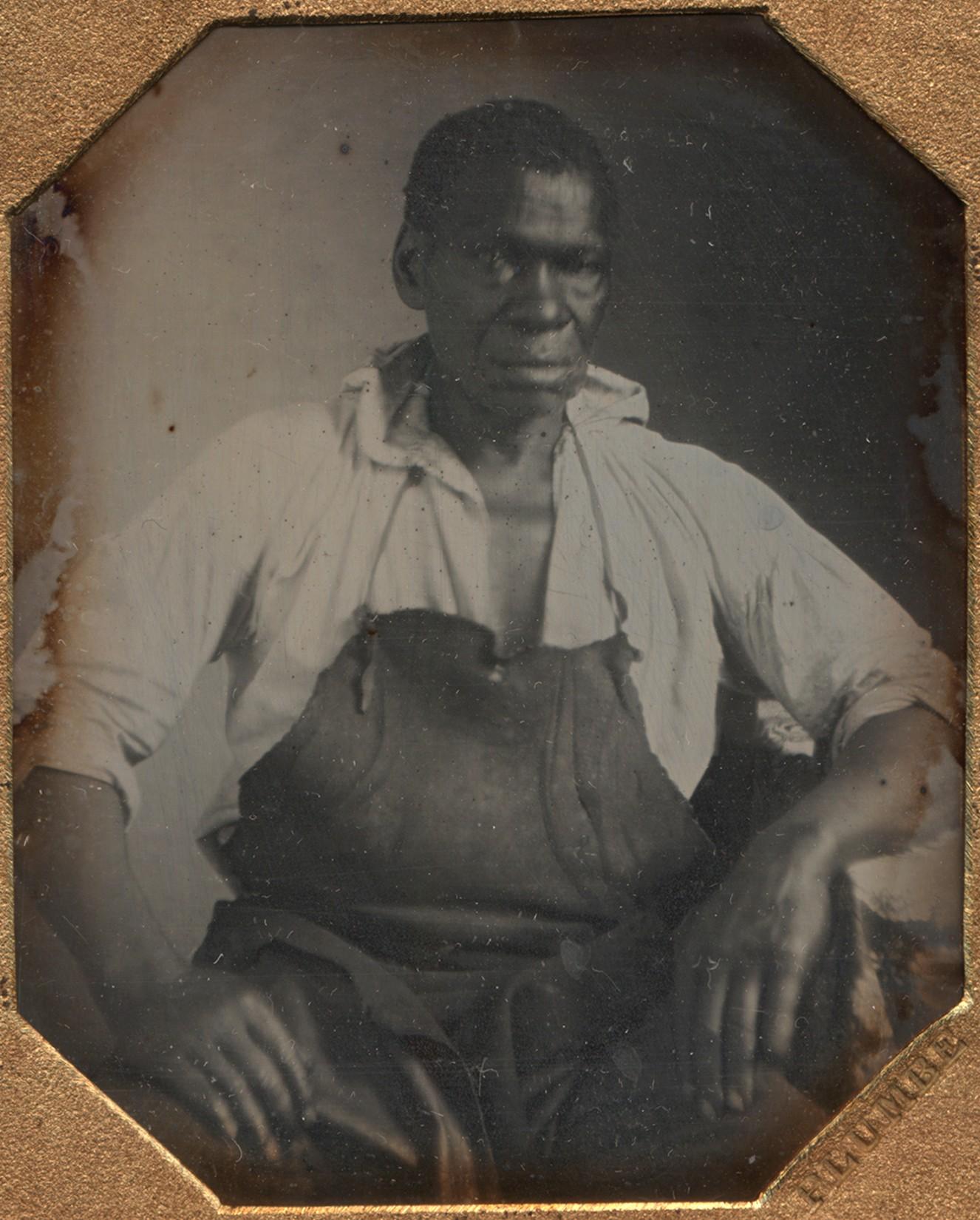His genius for politics extended to architecture and design, and his Neo-Classical designs have come to define the early architectural style of the newly formed United States. Monticello, the Virginia State House and the University of Virginia, as well as other designs that weren’t realized, like his plans for the White House, embody the ideals of liberty and democracy that our young nation was founded on.
But those ideals didn’t always match up with Jefferson’s own practices. A new exhibition at the Chrysler Museum of Art in Norfolk, Virginia examines Jefferson’s mixed legacy as a slave owner who expounded high ideals that he didn’t apply to his own life. Thomas Jefferson, Architect: Palladian Models, Democratic Principles, and the Conflict of Ideals looks at Jefferson’s architectural influences and designs and contrasts them to the reality of how they were built: through slave labor.

































